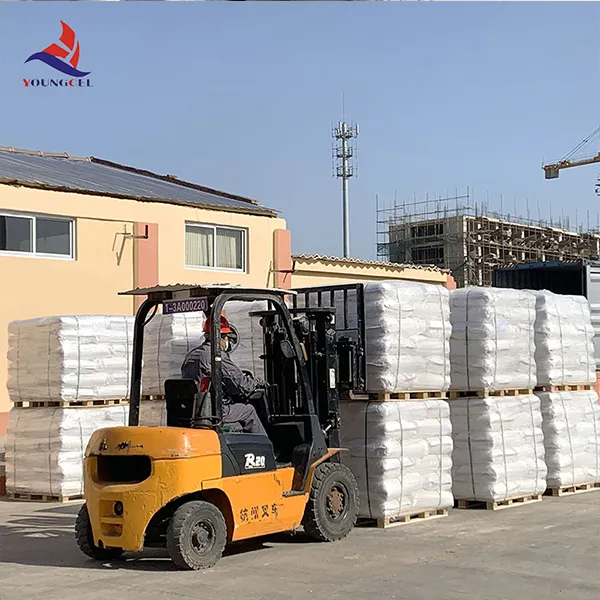Understanding Additives for Concrete Enhancements for Durability and Performance
Concrete is one of the most widely used construction materials in the world, known for its strength and versatility. However, to enhance its properties and performance, various additives are incorporated into the concrete mix. Additives for concrete can significantly alter its characteristics, making it more suitable for specific applications and environments. This article delves into the types of additives used in concrete, their functions, and benefits.
Types of Concrete Additives
Concrete additives can broadly be classified into two categories chemical additives and mineral additives.
1. Chemical Additives - Plasticizers and Superplasticizers These are used to increase the workability of the concrete mix without adding more water. Plasticizers improve the flow of the mix, while superplasticizers allow for a higher degree of fluidity. This is particularly useful for intricate designs or when pumping concrete to elevated locations. - Retarders These additives slow down the setting time of concrete, allowing for extended working times, particularly in hot weather conditions. This prevents the mix from setting too quickly, which could lead to issues in proper placement and finishing.
- Accelerators In contrast, accelerators speed up the curing process, enabling the concrete to gain strength more rapidly. This is beneficial for projects with tight schedules or cold weather conditions, where rapid strength gain is crucial.
- Air-Entraining Agents These create tiny air bubbles within the concrete, improving its resistance to freeze-thaw cycles. This is particularly important in colder climates where concrete is susceptible to cracking due to freeze-thaw cycles.
2. Mineral Additives - Fly Ash A byproduct of coal combustion, fly ash improves concrete's workability and long-term strength. It also enhances durability and reduces permeability, making concrete more resistant to sulfate attacks.
- Silica Fume A byproduct from silicon metal production, silica fume is used to improve the strength and durability of concrete. It enhances the density of the concrete mix and provides excellent resistance to chemical attacks.
additive for concrete

- Slag Cement Produced from the byproduct of iron and steel-making, slag cement can replace a portion of Portland cement, enhancing the sustainability of concrete. It contributes to improved strength and durability.
Benefits of Using Additives
Incorporating additives into concrete offers numerous advantages
- Improved Workability Additives like plasticizers enhance the ease of mixing, transporting, and placing concrete, allowing for efficient construction processes.
- Enhanced Durability The longevity of concrete structures can be significantly increased through additives that improve resistance to environmental factors, such as freeze-thaw cycles, chemical exposure, and abrasion.
- Accelerated Construction With the use of accelerators, projects can be completed faster, making it easier to meet tight deadlines without compromising on quality.
- Sustainability Using mineral additives such as fly ash and slag reduces the need for Portland cement, lowering the carbon footprint associated with concrete production.
Conclusion
Additives for concrete play a crucial role in modern construction, allowing engineers and builders to achieve desired properties tailored to specific conditions and applications. By understanding the types of additives available and their respective benefits, construction professionals can make informed decisions to enhance the performance, durability, and sustainability of their concrete structures. Whether it’s through increasing workability, accelerating curing times, or improving resistance to environmental challenges, the right additives are essential tools in the construction industry’s toolkit, paving the way for innovation and improved infrastructure that stands the test of time.
-
The Versatility of Industrial Additives: Mhec, Hpmc, And Wall Putty SolutionsNewsMar.28,2025
-
The Importance of HPMC in Modern IndustriesNewsMar.28,2025
-
Partnering with Reliable Manufacturers for Optimal ResultsNewsMar.28,2025
-
Enhancing Construction Performance with Redispersible Polymer PowdersNewsMar.28,2025
-
Enhancing Construction and Household Products with Advanced AdditivesNewsMar.28,2025
-
Building Strong Foundations with Key Construction MaterialsNewsMar.28,2025






